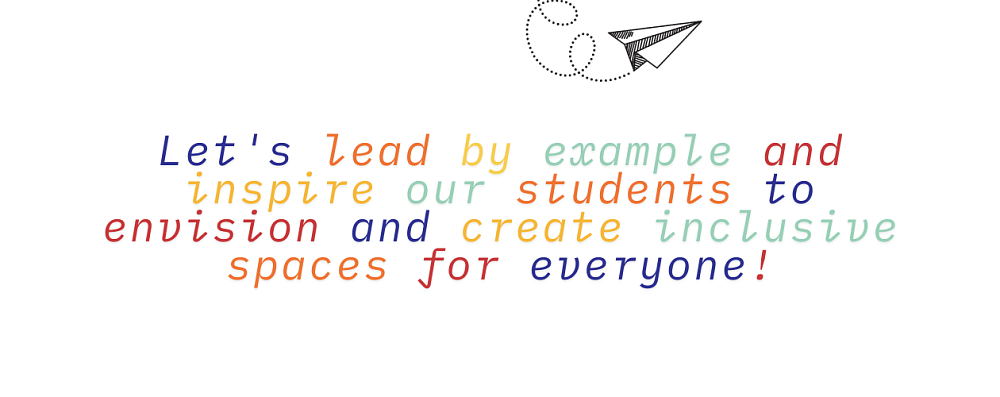Every learner deserves a classroom where they feel seen, supported, and set up for success. Creating accessible English language classrooms isn’t just a best practice, it’s essential for fostering inclusive, empowering learning environments.
In this post, we’ll share practical strategies to help educators build classrooms that accommodate diverse learning needs while inspiring all students to thrive.
Ensure Physical Accessibility
Start by making your classroom a space that’s easy to navigate for everyone. Small changes can make a big difference:
-
Choose desks and chairs that can be adjusted to fit different physical needs.
-
Create wide, clutter-free walkways to accommodate students using wheelchairs, crutches, or mobility aids.
-
Ensure important materials are stored within reach for all students.
A physically accessible space sets the foundation for inclusive learning.
Offer Multiple Learning Materials
In an inclusive and accessible classroom, content is sourced from a variety of materials and presented through diverse teaching methods. Ensure there are multiple ways for students to access the same information:
- Implement speech-to-text tools for students with writing challenges.
- Provide digital versions of books.
- Utilise visual aids such as interactive whiteboard software, charts, and pictures to supplement verbal instructions.
Interested in providing a richer, student-centric learning experience? Discover our DigiVerse!
Rethink Assessment Methods
Assessment isn’t one-size-fits-all. Offer flexible options so every student can showcase their understanding:
-
Allow students to choose between oral presentations, visual projects, or written assignments.
-
Offer extended time for tests and assignments when needed.
-
Use rubrics that focus on content understanding rather than only traditional formats.
When students are given fair and personalized ways to demonstrate what they know, their confidence (and performance) can soar.
Use Inclusive Language
Words matter. Inclusive language helps foster a respectful, welcoming environment.
-
Use person-first language (e.g., “student with a disability” rather than “disabled student”).
-
Avoid labels that define students by their challenges.
-
Celebrate strengths with positive reinforcement, focusing on what students can do.
Language that honors individual dignity encourages every student to feel valued.
Train and Empower Personnel
Inclusive classrooms don’t happen by accident, they’re built intentionally by informed, empowered educators.
-
Provide ongoing professional development on accessibility tools, inclusive teaching strategies, and Universal Design for Learning (UDL).
-
Share success stories and best practices among staff to build a collaborative, informed school culture.
An inclusive classroom is stronger when everyone (teachers, aides, and administrators) works together.
Involve Students in the Process
Initiate conversations about accessibility and encourage students to share their thoughts and ideas.
Classroom Challenge: As part of a lesson, ask your students what changes they would make to the classroom to make it more accessible for a character like Suki from the #CodeCrackers in our #English series.
This not only enhances their English language skills but also promotes accessibility awareness!
Inclusion is a mindset
By implementing these inclusive practices, educators can create classrooms where all students feel respected, capable, and ready to learn. Beyond academics, inclusive classrooms help students develop empathy, adaptability, and a sense of belonging, skills that will serve them for life.

-2.png)






